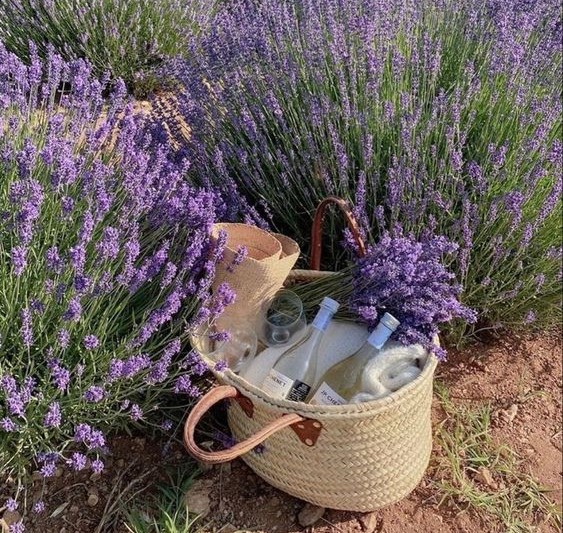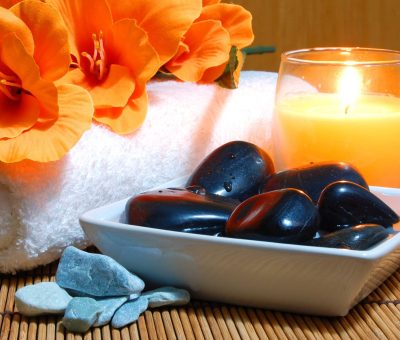
Benefits of lavender
Lavandula, more commonly known as Lavender, is an herbaceous flowering herb easily identified by its distinctive purple flowers. The herb is native to the warmer and drier regions of Africa, Europe and Asia where it has been widely used as a medicinal and culinary herb since the dark ages. Lavender is now grown all over the world as an ornamental plant and is popular due to its resistance to drought and pests. It is also cultivated on a commercial scale for the extraction of its essential oil which is used in several industries for various uses including:
Perfumes
Arguably, its most popular use, lavender flowers, leaves, essential oil and extracts have been used since ancient times for their fragrance. Today, they are used in perfumes, soap, various cosmetics, laundry detergents and potpourri.
Pest repellent
Lavender buds can be dried and sealed in pouches which can then be placed among stored clothes to prevent musty smells. They also repel moths and other pests that damage clothing.
Sleep aid
Lavender essential oil is a known relaxant which when applied to pillows and bed linen can help lull insomniacs to sleep.
Honey
Lavender flowers are abundant in the nectar that bees use to make honey. Honey from bees collecting nectar from lavender flowers exclusively is in high demand on the market with high prices to match.
Culinary uses
Lavender flowers and leaves both provide an aromatic addition to soups, salads and pastries. Lavender flowers can be covered in sugar and stored for over two weeks to infuse the sugar with their essential oils and fragrance. The resulting syrup can then be used in lavender flavoured pastries and drinks. Lavender can also be dried and added to black or green tea for a lightly scented herbal tea.
Despite its benefits, lavender essential oil is quite potent and can cause adverse reactions in some people. A spot test is recommended before using on the skin.











